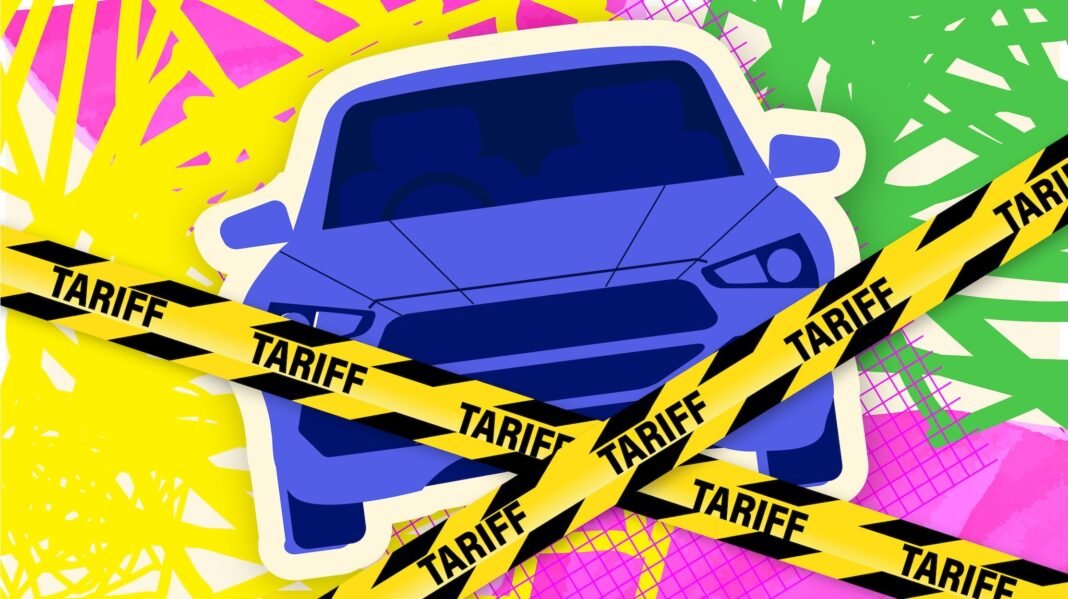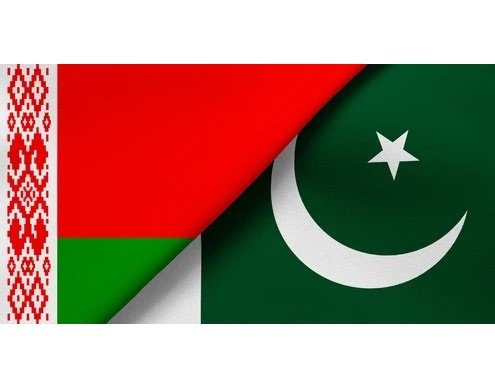Government Imposes 40% Additional Import Tariff on Used Cars Amid Auto Industry Reform
Policy Overview: What Changed and What’s Coming
In a move aimed at restructuring the automotive sector, the Pakistani government has announced a ban on imports of accidental vehicles and introduced a 40% additional import tariff on commercially imported used cars, effective from September 1, 2025. This measure is designed to protect domestic manufacturers while fulfilling conditions of Pakistan’s agreement with the International Monetary Fund (IMF) (The Express Tribune, Business Recorder).
Under the new National Tariff Policy (2025–30), the 40% premium will be gradually reduced by 10 percentage points annually, reaching zero by FY 2030 (Geo tv, Business Recorder). During this period, the government will phase out Additional Customs Duty (ACD) and Regulatory Duty (RD), streamline duty slabs, and work toward a simplified tariff regime (The Express Tribune, Dawn).
Background & Drivers of the Policy
Currently, Pakistan allows car imports under personal schemes such as “baggage,” “transfer of residence,” and “gift,” which account for approximately 25% of local demand, primarily satisfied by used vehicles perceived as more affordable than locally assembled alternatives (The Express Tribune, Dawn).
The IMF’s roadmap under the upcoming budget mandates liberalization of the used-car import sector, allowing commercial import of vehicles up to five years old, albeit with the 40% tariff premium for FY26 (Geo tv, Business Recorder).
Responses from Industry Stakeholders
Local assemblers, represented by Pakistan’s auto sector and parts associations, have voiced significant concerns:
- At a joint hearing of the Senate Standing Committees on Finance and Industry, Indus Motors CEO Ali Asghar Jamali highlighted that taxes account for 30% to 61% of the total price for locally assembled cars—30% for entry-level vehicles, 44% for Toyota Corolla Altis, and up to 61% for light commercial pickups and SUVs like the Fortuner (The Express Tribune).
- Local representatives noted that allowing cheaper used-car imports may render production “less lucrative”, potentially reducing domestic manufacturing activity (The Express Tribune).
- The auto industry emphasized the broader economic role of the sector, citing its contributions: 4% of total tax revenue, substantial customs and sales tax earnings, and support for 2.5 million jobs (Dawn).
PAAPAM and local parts manufacturers echoed concerns that used-car imports could destabilize local vendor ecosystems—especially when imported vehicles aren’t subject to the same WP-29 safety and quality standards as locally made models (Business Recorder, Dawn).
Long-Term Considerations & Sector Dynamics
Experts and industry voices emphasize the importance of a sustained, consultative approach:
- Automotive consultant Shafiq Ahmed Shaikh noted that these reforms could lower prices and bolster exports, but stressed that they must be balanced with the needs of the local industry (The Express Tribune).
- Calls have emerged for policies that support electric vehicles (EVs), improve vehicle financing terms, and secure investment in local parts and regional integration (The Express Tribune).
- Industry representatives have urged for stable, long-term frameworks to sustain localization, maintain employment, and protect existing industrial investments (The Express Tribune, Dawn).
What This Means for Consumers & the Automotive Market
Short-Term Impact:
- While the new tariff is intended to shield the local auto industry, consumers may not see immediate price reductions. High taxation on locally assembled cars remains a substantial cost component (The Express Tribune).
- In the used-car market, prices may remain high initially—though some expect gradual relief over the coming years.
Medium- to Long-Term Outlook:
- From FY27 onwards, the gradual reduction of the tariff premium may ease market entry for used cars, increasing competition and potentially long-term affordability (Geo tv, Business Recorder).
- Consumers may benefit most from year-on-year reductions in taxes and broader liberalization once the reforms take full effect by 2030.
Summary Table
| Aspect | Details |
|---|---|
| Policy Change | Ban on accidental car imports; 40% extra tariff on used cars (FY26), reducing 10 pp per year to zero by FY30. |
| Timeline | Commercial import of used cars (up to 5 years old) allowed from September 2025. Reduction of tariff over 5 years. |
| Industry Impact | Local manufacturers warn of compromised competitiveness, job losses, and threat to parts ecosystem. |
| Consumer Impact | No immediate price relief expected; longer-term affordability may improve gradually after initial years of liberalization. |
| Policy Recommendations | Long-term sector policy needed; stronger incentives for localization, EV adoption, financing improvements, and export readiness. |
This evolving policy reflects Pakistan’s balancing act between meeting IMF conditions for trade liberalization and safeguarding a crucial domestic sector. Dialogue, phased implementation, and industrial incentives will be key to ensuring sustainable growth and consumer benefit.



